Envy and jealousy played their part in the downfall of Buckingham as it later would with Wolsey, there was a least one person who succumbed by pointing the finger of suspicion at the Duke and he made his feeling quite plain in a letter sent to Wolsey accusing Buckingham of treason.
Was Buckingham part of a plot to kill the king, Thomas More suggested his conviction was based on hearsay others considered him guilty as charged.
A J Pollard wrote of Buckingham's fate
"Buckingham was not executed because he was a criminal, but because he was, or might become,
dangerous: his crime was not treason, but descent from Edward III"
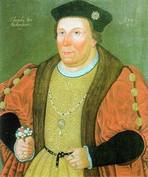
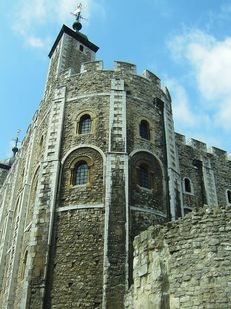
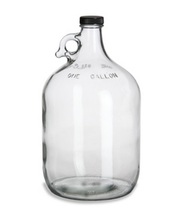

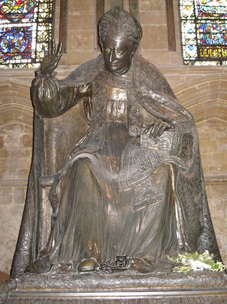
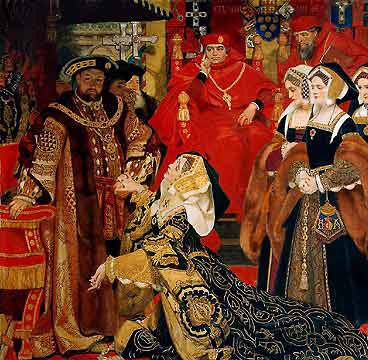
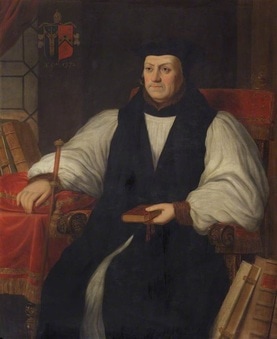
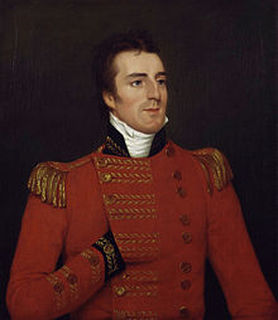
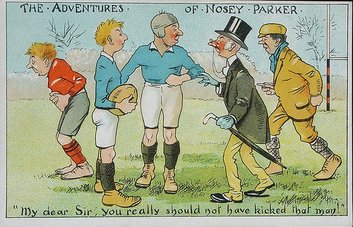

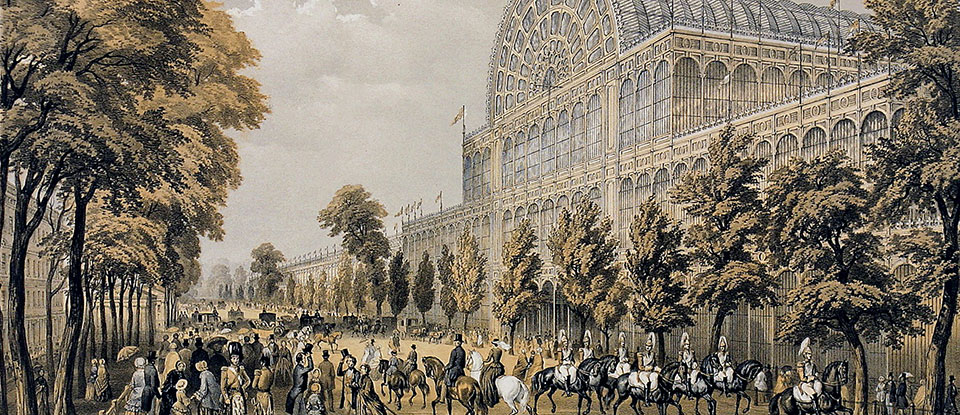
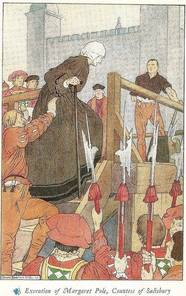
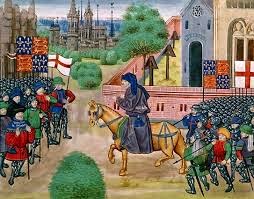
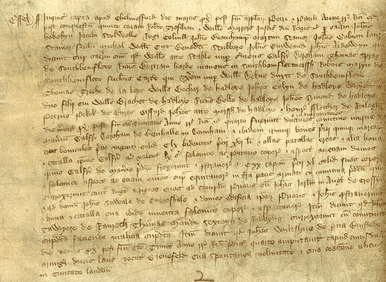
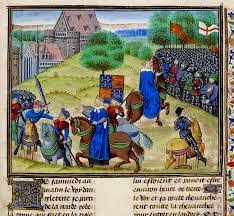

 RSS Feed
RSS Feed
